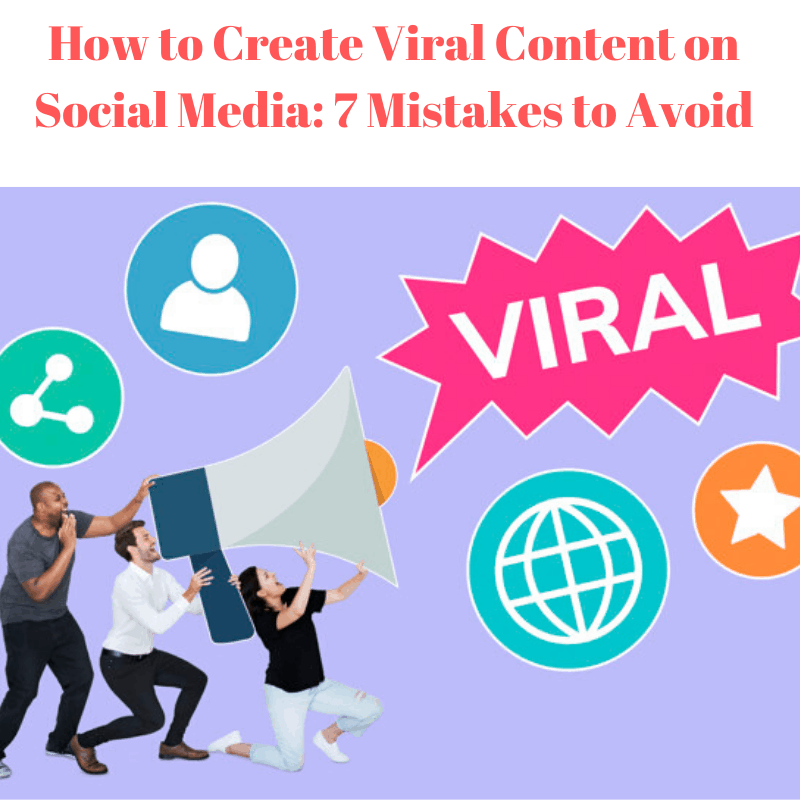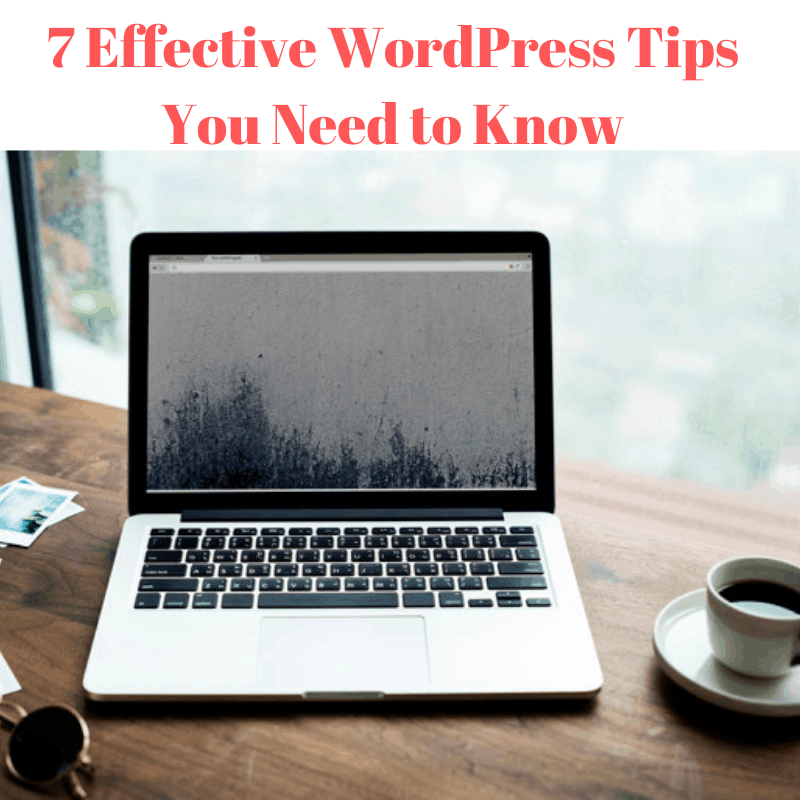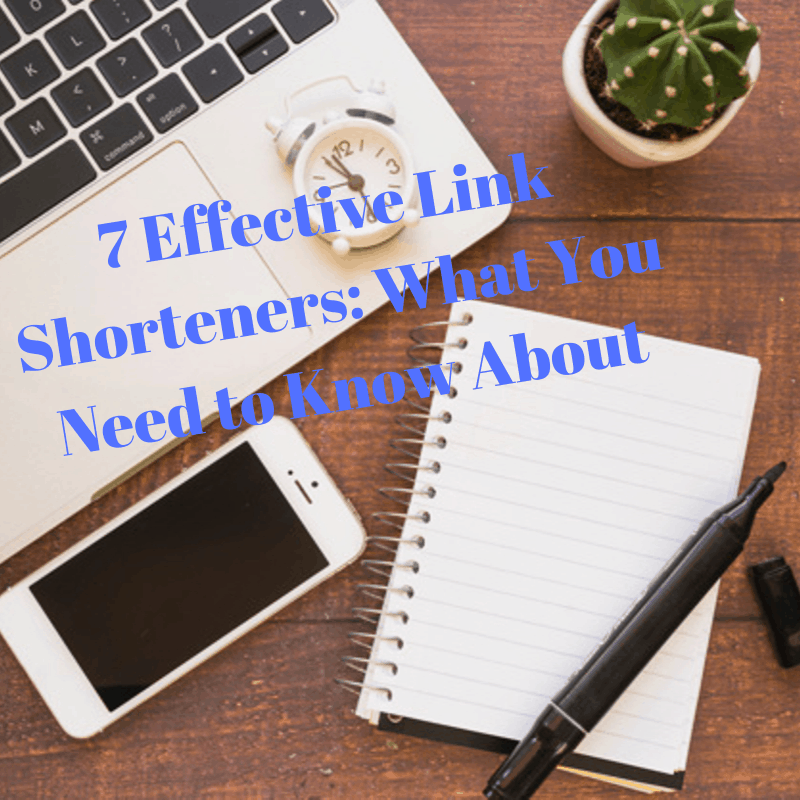
Social media marketing is not rocket science but is not very easy as many people think. If you want to create viral content on social media you need to practice and avoid these 7 common mistakes.
1: Timing doesn’t matter
You can’t publish your content in the middle of the night and expect it to spread virally. Social sites like Twitter and Facebook have peak usage times. If you can submit your content to those sites during the ideal days and times, it will be more likely to go viral.
Many Twitter users are on Eastern Standard Time, and they are most likely to retweet on Wednesdays. Links on Twitter tend to get clicked on the most within the first hour of them being posted.
So, if you want to share something on Twitter, tweet it on Wednesday at 5-6 PM EST.
If you want to share something on Facebook and get the most likes, don’t post more frequently than once every two days. Also, to get the most likes, post on Saturday.
2: Social media buttons placing
People tend to share posts before they read them as the social media buttons at the top of the post got 117% more clicks than the ones at the bottom.
Also, scrolling social buttons such as the Sharebar, get more clicks than the social media buttons at the top of the post.
If you want to get the most social shares, consider placing social media buttons at the bottom of your blog post in combination with scrolling social buttons like the Sharebar.
3: Social shares are more important than traffic
Most bloggers and content marketers focus on how many likes their content gets on Facebook or how many tweets they get on Twitter. In theory, if you have more shares, you should get more traffic, but that isn’t always true. If no one clicks through from Facebook or Twitter to your website, you won’t get any visitors.
Instead of just focusing on the number of social shares, you should also be looking at traffic. A good way to boost your traffic from these social sites is to analyze your click-through rate.
4: People read content during the same peak times they share it
There is a huge timing difference between when people prefer to read content and when they share it. People prefer Wednesday for Twitter and Saturday for Facebook.
People prefer to read blogs on Monday at 9-11 AM EST. They prefer commenting on blogs at 9-11 AM EST on Saturday.
5: Focusing on all social channels
People tend to only share your content on one social site, so ideally you shouldn’t have more than 3 social media buttons. If you have over 50,000 monthly visitors, consider placing 4 social buttons.
6: Tweeting your content once
Even if you tweet during optimal days and times, it doesn’t mean that everyone is going to see your tweet. Although 82% of Twitter users have less than 350 followers, 18% still have more than that. And just because that 18% number is small, you shouldn’t ignore it as Twitter has over 500 million users.
Out of all of your followers, the ones who also follow thousands of other people probably won’t see most of your tweets. And if they don’t see your tweets, they won’t be able to retweet them or click through over to your website.
You should tweet your blog posts at least twice. You can get an extra 56% more visitors from Twitter by just tweeting a blog post again. You can also tweet your content 3 or even 4 times, but the more you tweet the same post, the fewer clicks each one will receive as many of your followers would have already seen it.
7: Few shares
In the social media world, it is all about speed. The more shares your content gets within a short time, the better off you are – especially on Facebook.
Facebook takes momentum into account, so if your content is gaining a ton of likes at a quick pace, more people are going to see it within their feeds.
If you want your content to spread on the social web, you need to get a lot of shares within a very short time.
If you avoid the 7 social media mistakes your content will more likely spread and go viral. But don’t just assume they are going to work for you. Make sure you test them with your content. Depending on where most of your website visitors live and the demographics of your audience.
Test and track your results. Then decide what works better for you.
P.S.
Free Leads to grow your business


![7 Steps to Increase Your Sales with Social Media [Infographic]](https://blog.red-website-design.co.uk/wp-content/uploads/2017/05/7-Steps-to-Finding-Potential-Customers-Using-Social-Media-1.jpg)
![7 Effective Online Marketing Tips You Need To Know [Infographic]](https://blog.red-website-design.co.uk/wp-content/uploads/2019/09/Starting-a-Business-7-Essential-Online-Marketing-Tactics-to-Utilise.jpg)